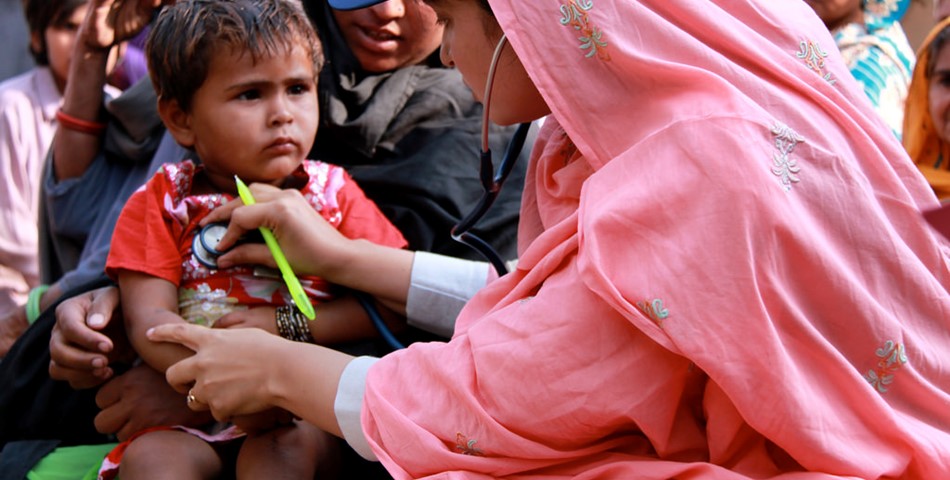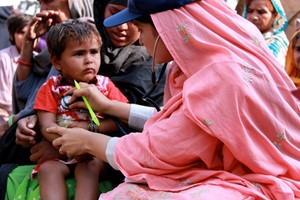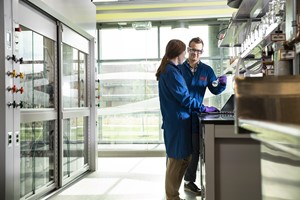A forum held by the Office of Strategic Health Initiative (SHI), a unit within AUB forming part of the University’s Health 2025 Vision, suggested four main ideas for the transitioning of humanitarian assistance to rebuilding health and health systems.
These include the importance of supporting government stewardship in post-conflict times, utilizing innovative approaches in capacity building post-conflict, building institutional memory and avoiding duplication of projects building agility in systems.
Transitioning from humanitarian assistance to rebuilding health and health systems is fraught with challenges, some of which might include a general tendency to separate humanitarian work from development and rebuilding health systems.
The transition is a very long process which will be interrupted and reiterated from time to time. Health systems collapse from destroyed infrastructure and health facilities, as well as shortage in human resources escaping to safer places. While a multiplicity of actors can emerge from the crisis, there is a need to setup an efficient framework for coordination between all actors.
The dynamics of provision of services during the transition are very tough to manage and might lead to parallelism with unsustainable setup outside indigenous structures. The reasons for that might include unclear role of new players in response to crisis, mix of different players, and the role of the emerging government which may vary from assuming full responsibility to dissociating itself.
There is also risk of recurrence of violence and poverty during transition and a dismantled response with new politicians taking over. In addition, development of project proposals may be tailored to funders’ agendas.


Other challenges might include cost and mobility of disadvantaged groups leading to inaccessibility to services. In view of the abovementioned challenges, recommendations fundamental to a smooth and successful transition include the necessity for thorough assessment of needs to devise one strategic, inclusive, and comprehensive plan at the beginning of the rebuilding process which requires clear governance across all levels.
There is also a need for vital, central, and active coordination during transition, for investing in and maximizing the use of the public institutional capacity whereby the leadership and stewardship of governments is supported.
Integrating new systems within existing ones to avoid the creation of parallel systems and early identification of future funding sources and potential running costs, as well as efficient financial management across levels to avoid losing substantial funding.
Unified capacity building strategy and commitment to long-term predictable financing is crucial, with the inclusion of private sector and all affected communities in the response. Community engagement is important for creating a demand for services and setting priorities.
Three values are key for the reconstruction of health systems, these include equity, improved construction and collaboration. It is crucial to consider the challenges that will potentially arise when planning for the rebuilding health systems in post-conflict, these include scarcity of leadership in health education systems resulting from civilians who have left the conflict zones, lack of nurses’ leadership, clear job description and specialized training.
A lack of vision, privatization, accreditation, graduate medical education, residencies and fellowships, clinical, educational and research expertise. To mitigate the challenges and succeed in rebuilding the health and education systems, the panelists had a few recommendations which include revisiting the diploma school and developing fair compensation plans and to ensure proper and adequate training, moving from community medicine department to schools of public health and leveraging technology leapfrog problems created by conflict.










